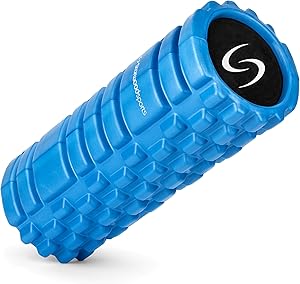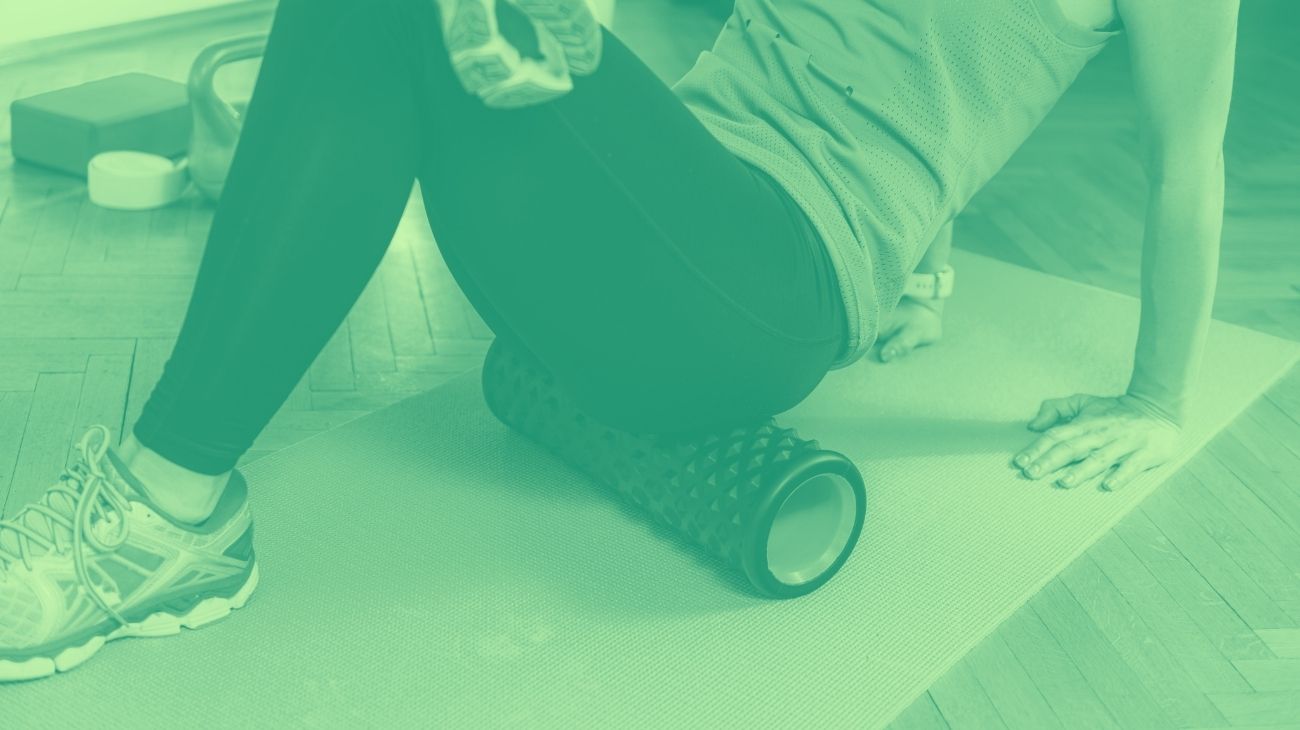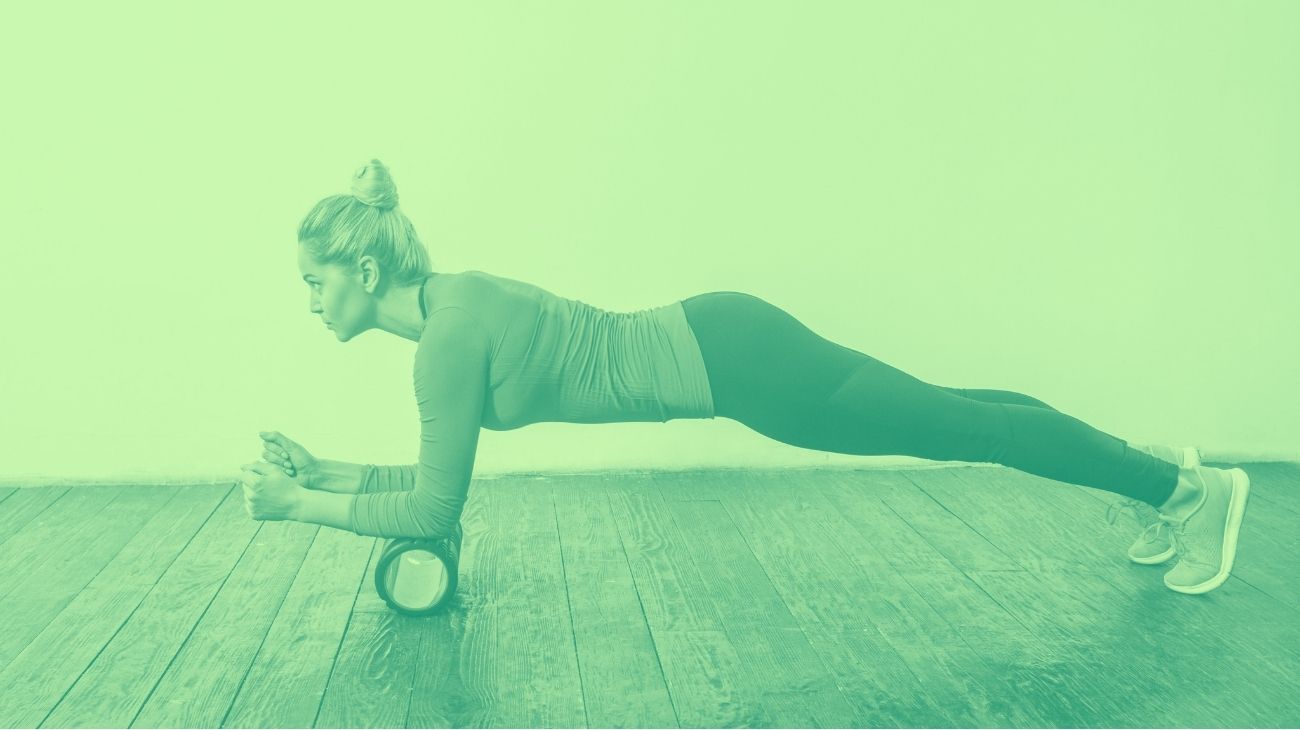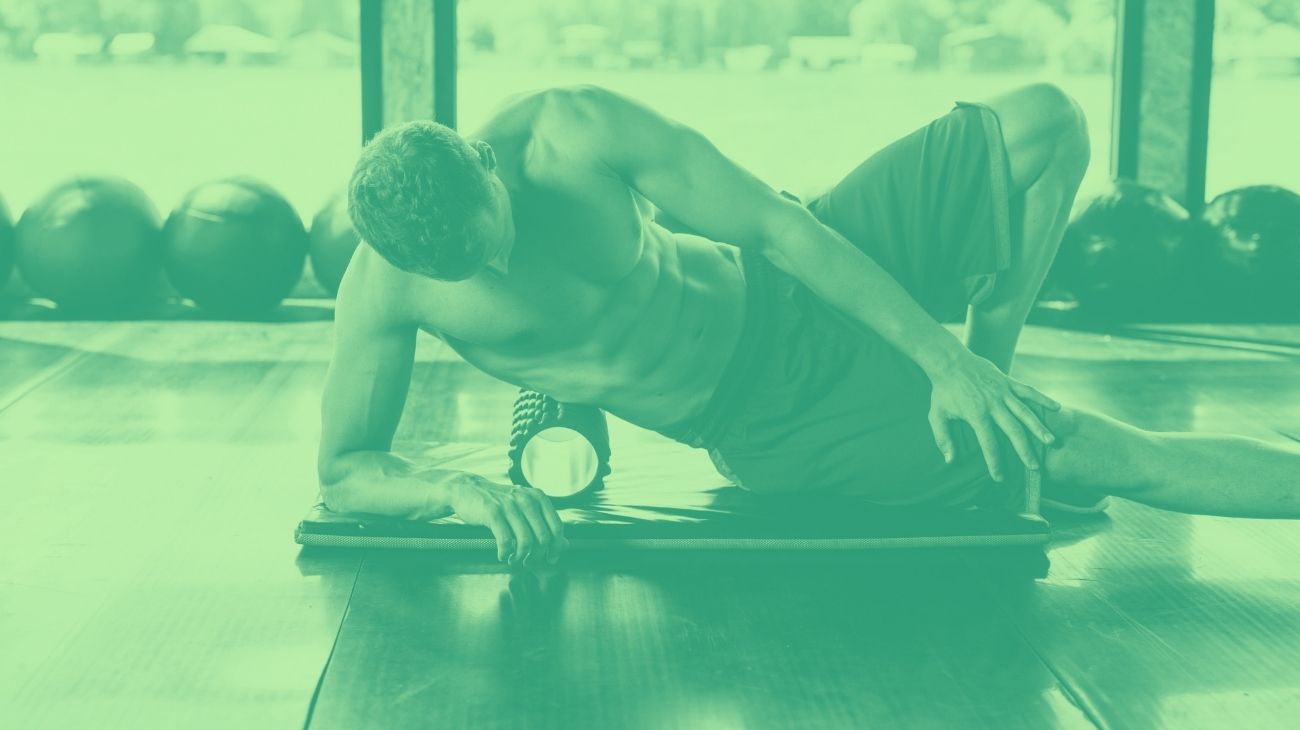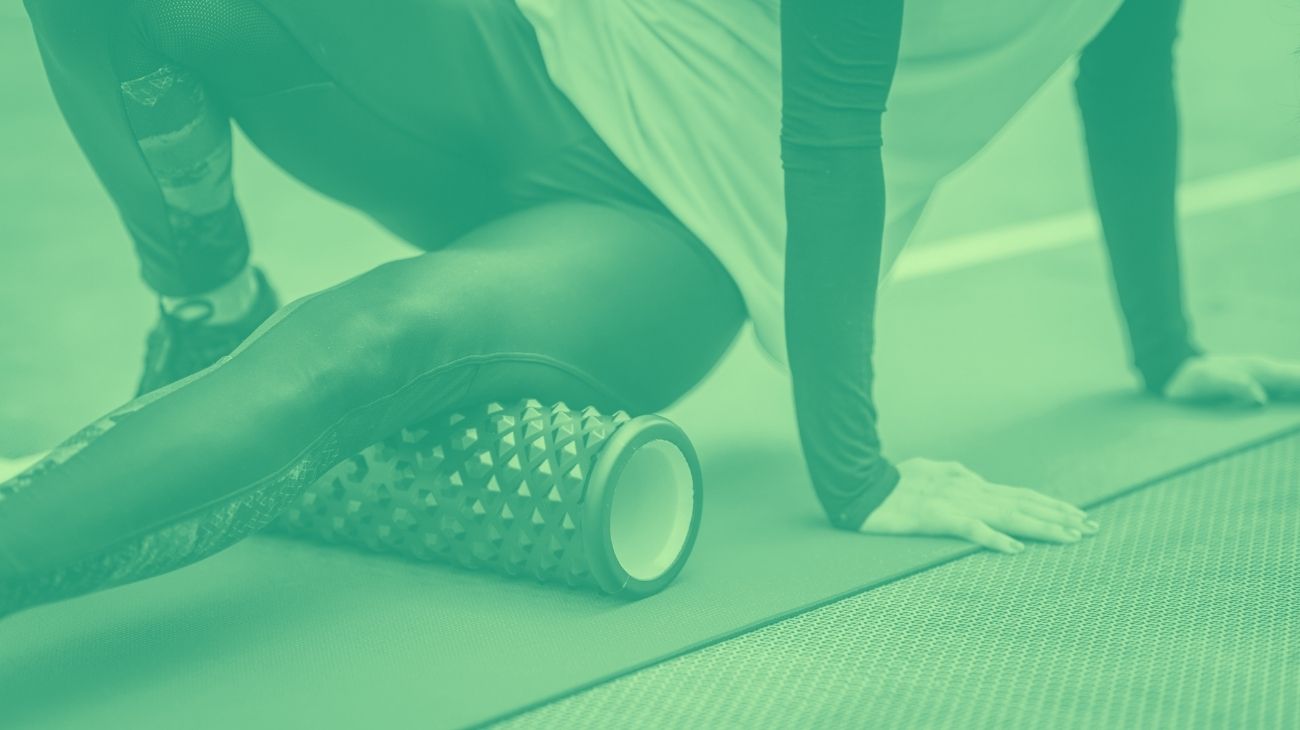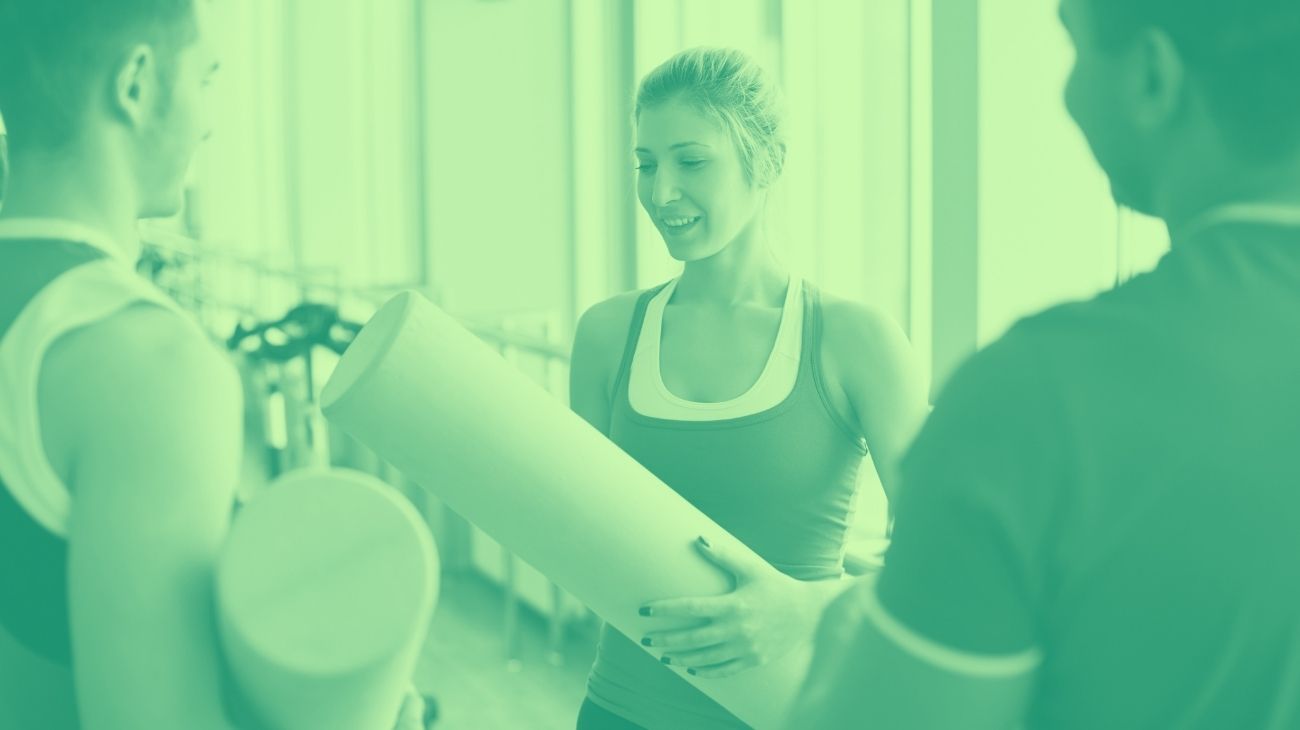- What is the best foam rollers for cellulite?
- Video: How to use Foam Roller?
- The types of foam rollers for muscle massage you should know about
- What is cellulite and how does it appear on our body?
- Can the foam roller help reduce cellulite on the legs and buttocks?
- The best exercises with the foam roller to get rid of cellulite naturally
Some of the causes and risk factors that cause cellulite in women and men can be controlled by massages with the Foam Roller, which is excellent for strengthening the fascia where this unsightly condition is located.
In this article you will learn everything you need to know about the Foam Roller, its benefits and how certain routines can reduce the discomfort and skin appearance associated with cellulite on the legs and buttocks.
What is the best foam rollers for cellulite?
- Size: 33 x 14cm
- Material: EVA rubber
- Colours: Orange, Black, Purple, Purple, Pink, Green
- Weight: Not specified
- Pack: Roller with exercise manual
- Three different surface textures
- Includes exercise manual
- Easy to clean
- Offers a good rolling experience
- Does not specify weight
- Some people prefer a firmer roller
The distribution of its tips generates the ideal pressure and allows the rubbing to achieve instant pain relief. It can be used by athletes, but also by people who need to relax the cervical area after a long day at work. The one-size-fits-all design allows adults and children to easily benefit from this roller. Its light weight makes it easy to carry, but be aware that its hardness may be too much for people with a sedentary lifestyle.
- Size: 33 x 14cm
- Material: EVA foam
- Colours: Blue, Black
- Weight: Not specified
- Pack: Roller with exercise E-book
- Provides a deep massage with less effort
- Includes exercise E-book
- Capable of working large muscle groups
- Texture designed to stimulate blood flow
- Does not specify weight
- Users report that it is gentle
The most demanding athletes differentiate themselves from their competitors, thanks to the daily use of the roller. Its development technology, the undulation of the roller and the quality of the foam make this product an ideal massager to minimise the risk of injury. To use it, you will have to rub directly on the area, but be aware that this action could lead to a build-up of toxic substances in the muscles.
HCFGS - Fitness Foam Roller for Deep Tissue Muscle Massage Roller, Yoga, Pilates and Relax Muscles
- Easy to use
- Very sturdy construction
- Perfect balance of softness and firmness
- Ideal for trigger point therapy
- Some people prefer a firmer roller
- Several users report durability problems
Its design is ideal to be applied in yoga, pilates and any other sport where the muscular structure needs to be demanded to the maximum. It is a 3 in 1 massager because you can choose the level of stiffness to simulate the hands of a professional masseur. It is made of premium material, but be aware that in some cases it may be a little uncomfortable for beginner users who want to relieve their back pain.
- Easy to clean
- Offers a smooth rolling experience
- Different models
- Easy to use
- Little 3D texture
- No weight specification
It is possible to combat inflammations due to fluid accumulation or joint malfunction, you just have to pass its ethylene vinyl acetate material over the affected area until you feel an internal heat . After a few minutes you will see how the stretching of your muscles will improve and the strengthening of the fibres will eliminate the toxins lodged in them. For some users, the hardness of the roller may be high.
- Size: 33 x 14cm
- Material: Polypropylene
- Colours: Black
- Weight: 582gr - 1,28lbs
- Pack: Roller with video exercises
- Perfect balance of softness and firmness
- Three different surface textures
- Users report it is too small
Physiotherapists, trainers and massage therapists always choose safe and high quality design products, which is why they recommend the TriggerPoint foam massage roller. Flexibility and density are two key aspects to ensure that the contact zones adhere precisely to the body. The design is developed by professionals, but in some cases may be insufficient for plantar fasciitis.
- Size: 33 x 14cm
- Material: EVA foam
- Colours: Black
- Weight: 850gr - 1,87lbs
- Pack: Roller with exercise book and poster
- Three different surface textures
- Includes exercise book
- Texture designed to stimulate blood flow
- Very sturdy construction
- Too intense for some people
- Some people prefer a softer roller
Includes a booklet with the different positions you can adopt to get the most out of this ethylene vinyl acetate self-massager. You will have up to 34 stretching exercises to use at home, but this does not mean that it cannot be used by top athletes. The design of the contact zones acts on deep tissue, but in some cases may not be sufficient for advanced muscle tension.
- Size: 33 x 14cm
- Material: EVA Rubber
- Colours: Blue, Black
- Weight: 850gr - 1,87lbs
- Pack: Roller with exercise manual
- Capable of working large muscle groups
- Texture designed to stimulate blood flow
- Some people prefer a softer roller
The circulation of the blood helps to flush toxic substances out of the body, which will help to stimulate recovery from an injury in the shortest possible time. It can be used by both men and women who need to relieve muscle tension and stress from their daily activities, just relax and rub the self-massager over the hardened areas. The diameter of the massage roller can be large to treat lower back injuries.
- Size: 90 x 15cm
- Material: Polypropylene
- Colours: Black
- Weight: 299gr - 0,65lbs
- Pack: Roller with exercise manual
- Large size
- Offers a smooth rolling experience
- Different packs with massage balls
- Easy to use
- Too soft for some people
- Not suitable for deeper tissue massages
The expanded polypropylene foam offers just the right density to loosen muscle tensions in the shortest possible time. It can do this thanks to the ergonomic design that adapts precisely to anyone's body. Please note, this type of self-massager is not suitable for injuries where a higher product hardness is required.
- Size: 33 x 14cm
- Material: Polypropylene
- Colours: Black
- Weight: 582gr - 1,28lbs
- Pack: Roller with video exercises
- Perfect balance between softness and firmness
- Three different surface textures
- Users report that it is too small
The design of the contact grids allows you to combine compression with deep massage to stimulate blood circulation. Thanks to this benefit, it is possible to recover quickly from any type of muscle injury. It is ideal for warming up before the gym, although for some users, the dense fabric can be painful for back injuries.
- Size: 30 x 15cm
- Material: Polypropylene
- Colours: Blue, Black, Green
- Weight: 180gr - 0,39lbs
- Pack: Roller
- 3 different sizes to choose from
- Capable of working large muscle groups
- Quality material construction
- Perfect balance between softness and firmness
- No grooves or 3D texture
- Can glide on slippery surfaces
As it is constructed from expanded polypropylene foam, its density is suitable for improving blood circulation, although this is not its only use as you can use it to reduce plantar fasciitis pain. The length of the roller and the diameter are perfect for reaching the lower back muscles that are always affected by bad forces, although this result did not appear according to some users.
Video: How to use Foam Roller?
The types of foam rollers for muscle massage you should know about
What is cellulite and how does it appear on our body?
The only thing you need to know about cellulite is that it is caused by a sedentary lifestyle, poor posture, circulatory and lymphatic problems, and a malfunction of the fascia, which is the tissue that surrounds all organs, including the muscles and connective tissue.
All these factors, together with the accumulation of body fat, cause you to experience discomfort and strange sensations in your legs when you have cellulite. We'll tell you what you can do to prevent the fascia from weakening and becoming prone to those pesky dimples.
Can the foam roller help reduce cellulite on the legs and buttocks?
Yes, the massage roller has the potential to improve blood circulation, increase the efficiency of the lymphatic system, provide the connective tissue with more nutrients and oxygen, and regulate body temperature to protect the tissues that need to be strong.
These massages can be performed directly on the quadriceps, hamstrings and buttocks, where there is often a concentration of fat that is the cause of cellulite. There is enough clinical and sports evidence to confirm that the foam roller and its correct application generate short-term benefits.
And although cellulite has many possible causes, in the foam roller you will find a comprehensive and versatile ally with which you can reduce the obvious signs of this disease that attacks self-esteem in many people.
The best exercises with the foam roller to get rid of cellulite naturally
Exercises for the legs
The best recommendation is to start training the quadriceps, as these are deep and strong muscles:
- Lay your body on the floor facing the ground.
- Place the roller between your thigh and the floor.
- Use your forearms and free leg to perform the movements.
- Your body weight will regulate the pressure applied to the roller.
- In the beginning, the movements are gentle and go back and forth.
- When you feel trigger points, apply more pressure for 40 seconds.
- The minimum you can manage is 10 repetitions.
- The entire session should take no more than three minutes.
In another session, you can treat the hamstrings as follows. These are also deep muscle groups that allow the leg to bend:
- Use a mat to sit on. If you don't have one, it won't affect the routine.
- Place the roller between the back of your thigh and the floor.
- Lift your buttocks so that the pressure falls on the product.
- Make gentle gliding movements with your hands and free leg.
- Perform this movement at least ten times to achieve an effect.
- The entire session should last no longer than three minutes.
- The breaks should be one minute.
Exercises for the calf
A full body massage on this part of the body should treat the calves, soleus and tibialis anterior, although in this case you can do it with less intensity:
- Sit on the floor, on a carpet if possible.
- Place the roller between your calf and the floor.
- Use your hands and free foot to control the initial pressure.
- Perform gentle forward and backward glides.
- You can work with a double load by placing your free foot on the leg you are working on.
- The session can last three minutes, with breaks of one minute.
- Avoid jerky movements, as the calf is very sensitive.
- The stimulation should be from the calf to the heel.
When you finish this routine, you can switch to the tibialis anterior for a full body massage to avoid stimulating one area while forgetting the others.
- Lay your body on your side and on the floor.
- Use your forearm as a support to keep your balance.
- Place the roller between your shin and the floor, apply a double load.
- Raise your hips and begin to make gentle sliding motions.
- Use your forearms and hands to maintain smoothness and balance.
- Perform this movement ten times and then rest.
- The entire session can last up to three minutes.
Exercises for the buttocks
There are two ways to stimulate the buttocks. Remember that these are exercises in which you will initially feel some discomfort until the body adapts to this sensory experience:
- Sit down on the massage roller.
- Place your hands on the floor and behind you.
- You will notice that your body leans backwards.
- The buttock leg you are working on should be slightly bent.
- Position the free leg to create a double strain.
- Initiate forward and backward glides.
- Perform 10 repetitions and rest for one minute.
At the end of this routine, you should move on to stimulating the gluteal muscles while lying on the floor. It should be noted that this exercise should be done quietly due to its complexity:
- Lie flat on your back, if you are using a mat this is better.
- Place the massage roller between your tailbone and the floor.
- Spread your legs according to the size of your hips.
- Then angle your legs and lift them up.
- Your thighs should be perpendicular to the floor.
- Make lateral movements, moving your legs to the right without lifting your shoulders off the floor.
- Now turn your legs to the left, the movements should be gentle and careful.
- Perform these movements eight times and rest for one minute.
- This sequence should be repeated only three times per session.


